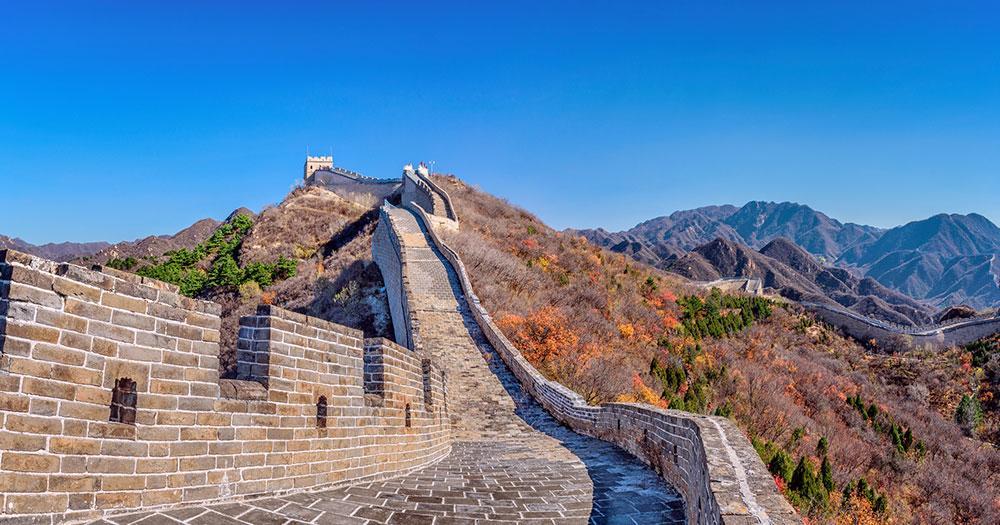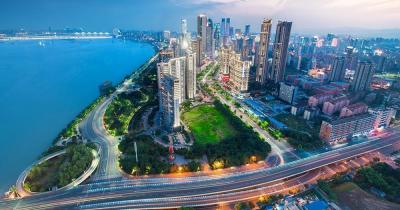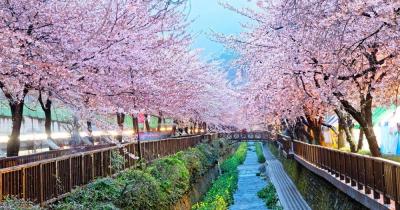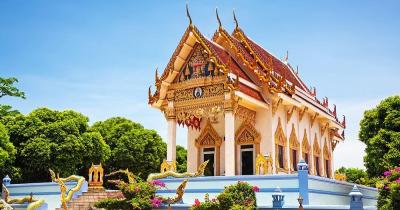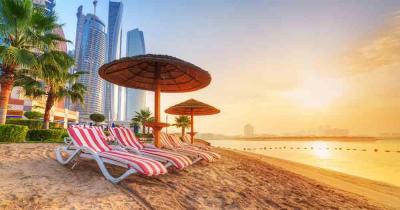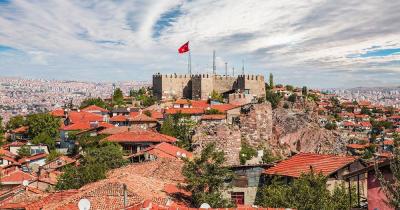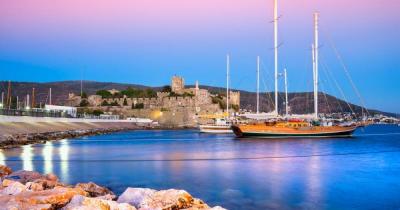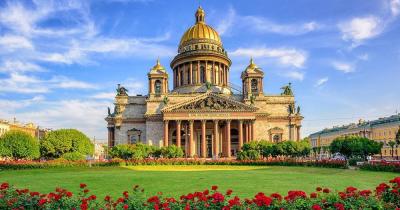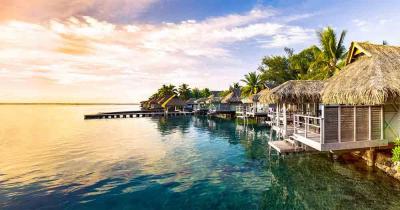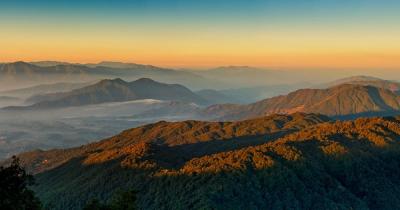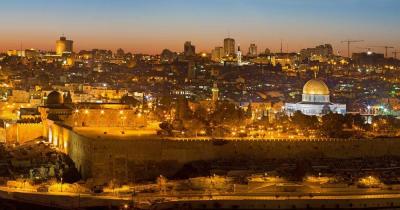Beijing
Time travel in a history of over three thousand years
Categories: China Peking
Beijing is the second largest city in China after Shanghai and home to 12 million people. Its area in the Hebei Province includes an administrative area roughly the size of Schleswig-Holstein. In the national language Beijing is translated as "Northern Capital" of the People's Republic.
Beijing offers a wealth of sights, many of which are UNESCO World Heritage Sites. Among the highlights that tourists should definitely see are the Forbidden City with the Imperial Palace, the Temple of Heaven and the Great Wall at the gates of the metropolis. 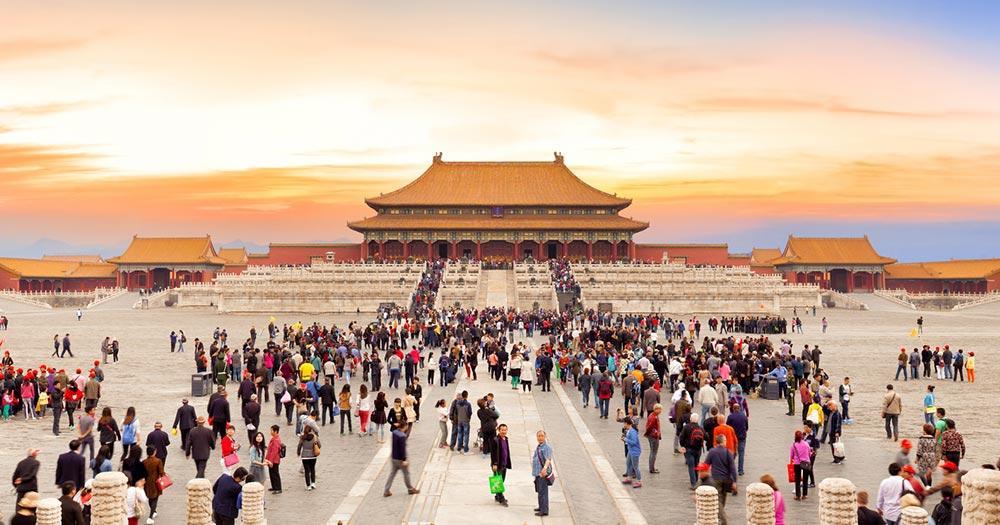 © eyetronic / Fotolia
© eyetronic / Fotolia
Most visitors travel to Beijing in spring and autumn to take advantage of the best climatic conditions.
Tiananmen Square is considered the world's largest meeting place. Here is the main gate to the Forbidden City of Beijing. Around Tiananmen Square, the Palace Museum, the Mausoleum of the founder of the state Mao Tsetung and the Monument to the People's Heroes are located. In the Great Hall of the People in Beijing the political leadership of the country meets.
The Peace Garden at Kunming Lake is a crowd puller in Beijing. The impressive landscape garden extends over an area of 290 hectares and is one of the highlights of Chinese garden art. Only the ruins of the old summer palace can still be visited. The New Summer Palace was declared a world cultural heritage site in 1998.
The best views are offered by the bell tower and the drum tower, an old landmark of Beijing. Both towers were once used to announce the time before the city gates closed.
At the historical city wall, travelers can visit 3 gate systems from the Ming Dynasty today.
The tombs of the Ming emperors can be visited just outside the city. A 7-kilometer long holy path leads to the entrance. The last emperor of China was buried 120 kilometres away from Beijing. The Qing Tomb is only open on weekends. The return journey by public bus takes 8 hours.
The old districts of Beijing are increasingly giving way to modernisation. The Dongcheng and Xicheng districts are popular with tourists. Their appearance is characterized by so-called Hutongs. 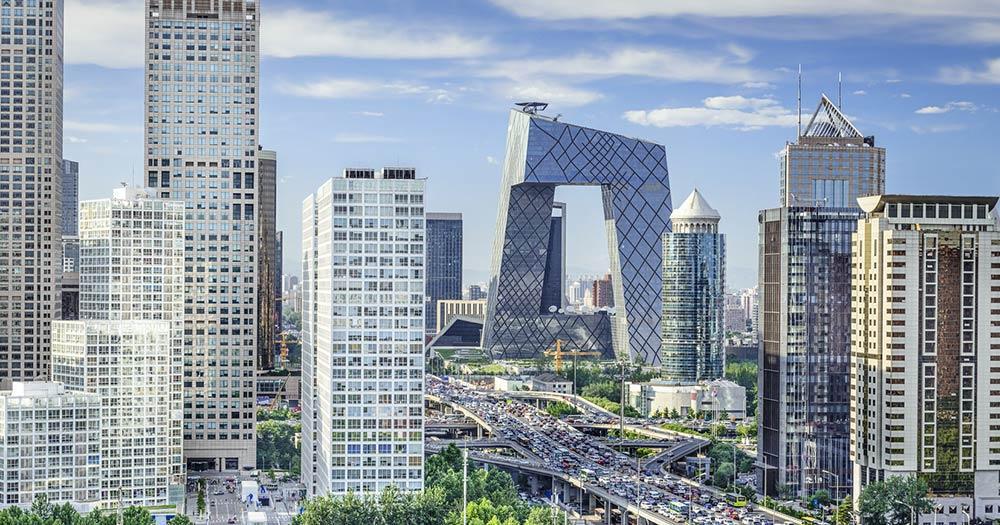 © SeanPavonePhoto / Fotolia
© SeanPavonePhoto / Fotolia
In many places the narrow alleys can be explored during a rickshaw tour, which often ends in a Beijing souvenir shop. It is better to be on your own.
In the Chaoyang district is the 2008 Olympic site, the most famous building is called the Bird's Nest. Beijing has the largest zoological garden in China and one of the largest in the world, visited by 12 million people every year. A special feature of the city are the countless massage salons. Here, locals prefer a foot massage above all. The inhabitants of Beijing love restaurants where it is loud. When shopping, it is worthwhile to act.
